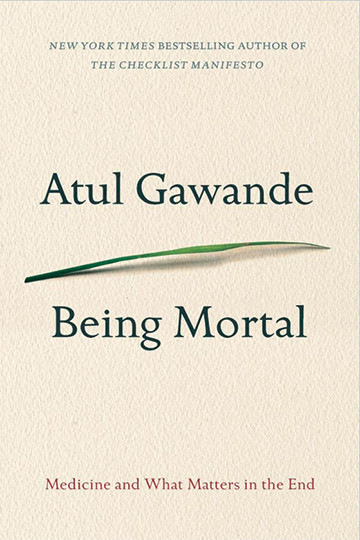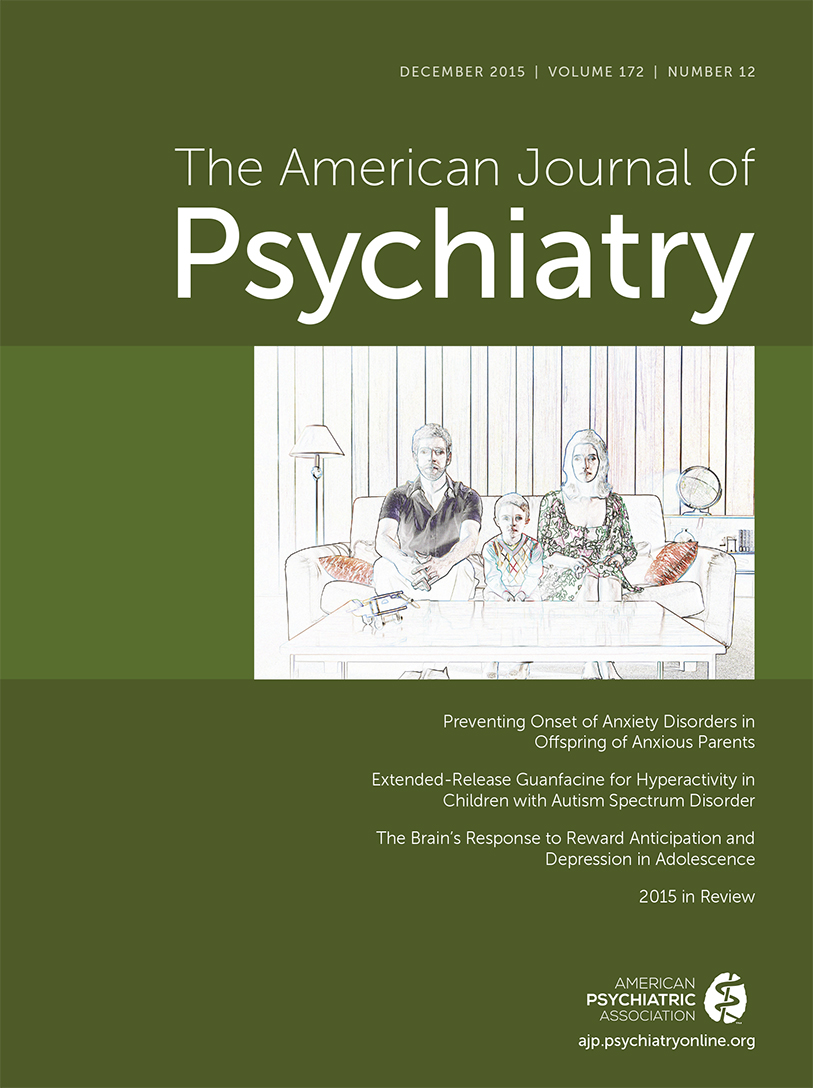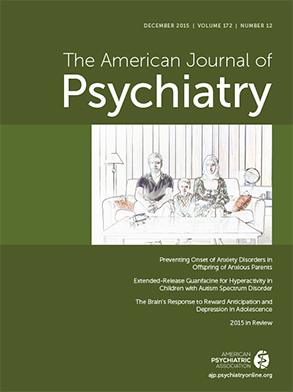We know we are mortal, but we really hate to think about it. Atul Gawande takes us with him on a personal and professional journey from avoidance to acceptance in Being Mortal: Medicine and What Matters in the End, and he reminds us of the central truth that to help those who are dying requires us to accept and confront our own needs and fears.
The book has quickly become a classic—indeed, it was purchased and then distributed to all the interns in our health system by our graduate medical education office this year. It is as much about an enlightened medical approach to helping dying adults choose their best life and best death as it is about how doctors must learn to tolerate their own emotions if they are ever to get comfortable with the inevitability of death—either their patients’ or their own.
The book chapters trace the perilous path from “The Independent Self” through “Things Fall Apart,” “Dependence,” “Assistance,” and “Letting Go” to “Hard Conversations” and “Courage.” Gawande tells stories of patients, friends, and family members, but the heart of the book is about his relationship with his father. A brave, altruistic, and practical physician with deep ties to his family and his roots in rural India, the senior Dr. Gawande’s extraordinary character shines through in vignette after vignette as he navigates and ultimately dies from a painful malignancy. We know at least part of where his son got his own considerable gifts.
A major theme of the book is our culture's and our health care system’s systematic avoidance of confronting the many different paths to death and dying. Physicians, patients, and their families often focus on minimizing risk, and in doing so sacrifice the freedom and spontaneity necessary to make life worth living, as each person defines it. The sons and daughters of so many of the patients in the book just want their parents to be safe and alive so they will not worry or feel guilty. Most patients want to live the best they can in the time they have left. The generations often conflict, and our system tends to side with the sons and daughters.
The strongest message of the book is the importance of communication—doctors need to ask patients what they really want in the time they have left and help them devise a plan constructed around those wishes. Doctors will not know unless they ask and then really listen to patients’ answers.
My mother wants every doctor she sees to read Gawande and follow his careful prescription to ask patients many questions about their wishes and goals. Doing so will supplement what they know about her through years of office visits. The simplistic, modern notion of patient empowerment—give the patient all of the information and let him or her decide—is trashed here, as it should be. Gawande sees this as an abdication of the doctor’s caring and as an avoidance of really empathizing with the patient’s medical and existential situation. A good doctor will know how to frame treatment choices if he or she really understands what patients care about in the time they have left.
Being Mortal greatly contributes to medical education because it is a quick and easy read, the ideas are so available, and Gawande knows how to provide the factual information and the gripping stories that evoke in the reader greater openness to the topic. He shows us his frailties: his denial, his gaps in medical knowledge, and his mistakes and how he tries to recover from them. We can all identify.
Gawande makes frequent reference to his own training and some of the ideas he has had to unlearn. Today’s generation of medical interns are already much more aware of the limitations of medical science, accustomed to the importance of hospice and palliative care, and more attuned to the need for psychosocial sensitivity in medical care and especially end-of-life care. Institutions may change slowly, but younger doctors are further along than the book implies. Even though we have a long way to go, Gawande’s perspective is embedded in many of our current educational programs and is more central to medical culture. Some of his purpose may have already been achieved.
For psychiatrists, the book reminds us that the need for the open and frank conversation that we value so much is more a feature of good medical care than anything specific to psychiatry. We are all doctors and we must all be psychiatrists. Gawande certainly brings a psychological sensibility, but nonetheless, it is striking how little of modern psychiatry’s knowledge and perspective are brought to bear in his stories and reflections. We know so much about depression and its treatment and about the varieties of anxiety and how they can cross from normative to pathologic. The field of adult life-cycle development and its perspective on the psychological tasks of aging would surely have helped Gawande with some of these patients. Would any of them have benefited from short-term psychotherapy?
Gawande is pragmatic, but he is also an optimist. The leitmotif of the book is exemplified by his comment, “One has to decide whether one’s fears or one’s hopes are what should matter most” (p. 232). This echoes the viewpoint of positive psychology and the recently defined field of positive psychiatry (
1). A focus on the positive (i.e., the patient’s own view of what is satisfying) may trump some of the inevitable losses about which little can be done.
All in all, Being Mortal is a moving and accessible read, a call for empathy and practical care, an inspiration for clinicians and patients, and a superb contribution to our field.


